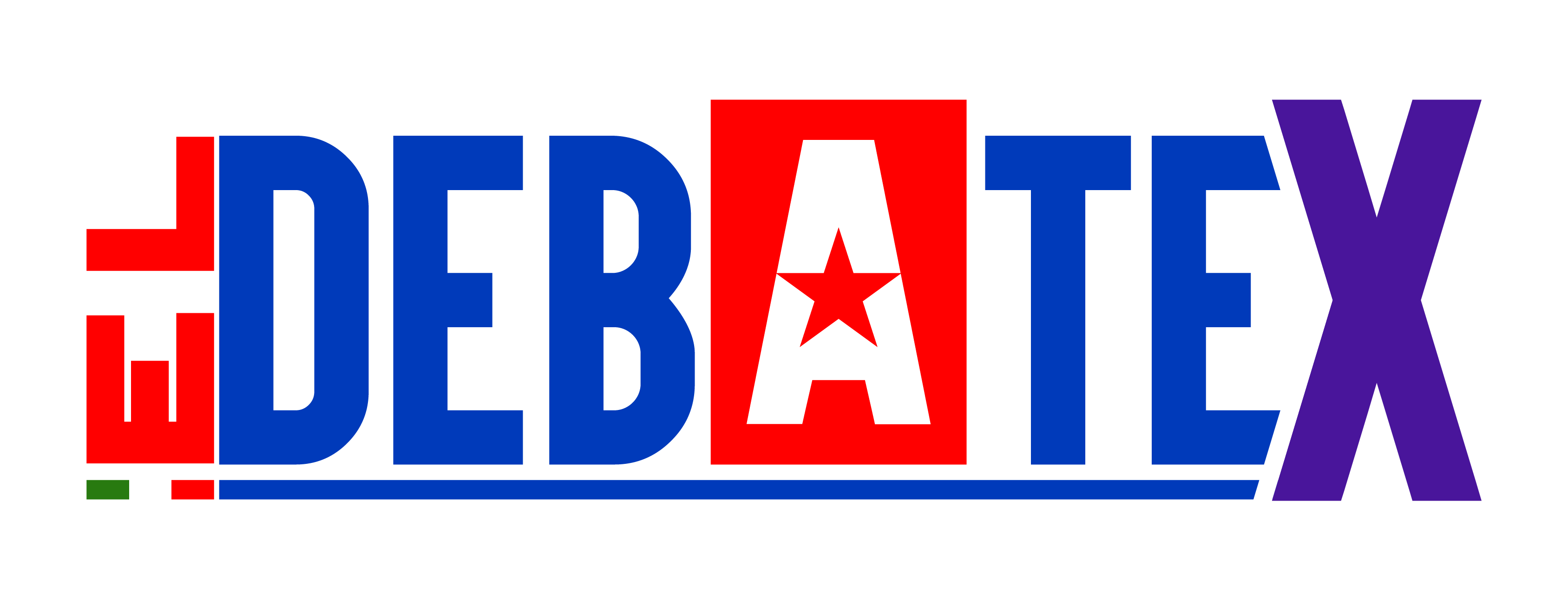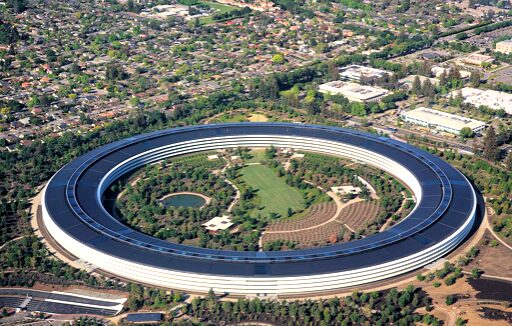IN SUMMARY

by Alfredo Cuéllar
Silicon Valley, the most influential region on the planet in terms of technological development, is undergoing a radical transformation that has altered not only its economy, but also its culture, ethics, and purpose. What was once presented as a haven of creativity, collaboration, and social improvement has become a scenario where, has become a scenario where, shut up and grind is the new norm.
From Sushi to Silence
Companies like Google, Apple, and Meta built their reputations offering dream jobs filled with perks and creative freedom. Today, mass layoffs, ideological surveillance, and relentless pressure for results have replaced that utopian narrative. The humanities have been pushed aside in favor of technical skills. Diversity, inclusion, and dissent—once key values—are now viewed as obstacles to productivity. Heaven helps those with a humanities degree, wrote a journalist from The New York Times.
A Dangerous Alliance
Beyond corporate restructuring, a new threat is on the rise: Silicon Valley’s integration with the military and security complex. OpenAI, Meta, and other companies that once rejected participation in weapons development are now creating anti-drone tools, virtual reality goggles for military training, and AI-guided missiles. This shift raises deep concern: tech corporations—once held in check by the media and civil society (as trusting legislators co-opted by campaign donations is now unthinkable)—are finding a comfortable and shielded ally in political and military power, immune to scrutiny.
The Trumpist Model of Leadership
This phenomenon cannot be separated from the influence of Donald Trump. His authoritarian, anti-democratic leadership style—hostile to diversity, equity, environmental concerns, and institutional norms—leaves a profound mark. The use of power as imposition is normalized. Blind loyalty is rewarded; dissent is punished. This ethos has infiltrated Silicon Valley and other economic elites, where the goal is no longer to change the world, but to dominate it without accountability.
The New Digital Darwinism
This shift has also revealed an unprecedented social divide. AI has created a radical gap: on one side, a tech elite of programmers, investors, and entrepreneurs; on the other, a mass of people barely grasping the magnitude of the changes. A new technocratic class is emerging, along with a form of stratification that goes beyond education, income, or language: digital literacy.
Institutional Collapse
No institution is safe. Universities are being colonized by market logic and Trump’s government attacks, undermining young people’s idealism, cutting research budgets, and targeting academic leaders and scientists who refuse to submit. Courts and judges are losing independence. Diplomacy is reduced to public stunts. Experts and consultants, once guarantors of knowledge, have become mercenaries of private interests. And the social sciences—those meant to warn us about these processes—are being sidelined by hard tech and corporate pragmatism.
A New Global Divide: Nations That Shape the Future and Those That Endure It
The impact of this new technological configuration will not remain confined to the national level. The entire world is beginning to fracture between nations capable of participating in, influencing, and even controlling the development of artificial intelligence, and those that will merely consume its products—unable to understand, adapt to, or regulate them. This global stratification replicates the divide between tech elites and disconnected majorities, with even more dramatic consequences. While some countries become laboratories of the future, others remain trapped in the past, deepening their dependence and losing digital sovereignty.
Nineteenth-Century Schools Facing Twenty-First-Century Intelligences
Adding to this is a silent crisis in global education systems. The dizzying pace of technological advancement contrasts starkly with school models rooted in 19th-century practices. Millions of teachers face the demands of a digital age without training, resources, or time to adapt. Teacher attrition is rampant, as they are asked to abandon methods, they’ve used all their lives. Rigid, rote-based, and calendar-bound models of teaching are hopelessly inadequate for a world where critical thinking, collaboration, and interaction with AI tools are essential. This dissonance threatens to leave entire generations ill-prepared for a society that has already changed without asking for permission.
Between Euphoria and the Fog
Meanwhile, the pace quickens. Young entrepreneurs in their twenties—many of them college dropouts—are launching AI startups at breakneck speed. A new religion is taking root: “technological rationalism.” In places like Lighthaven—an idealistic organization dedicated to retreats, workshops, and conferences aimed at improving the long-term future of humanity, especially around AI safety—a group of “rationalists” debates how to prevent AI from destroying humanity, even as others train it to dominate. Such contradictions make it hard to believe that organizations like Lighthaven will succeed.
Conclusion
Silicon Valley is no longer just a region. It is a political, cultural, and moral laboratory that is redesigning the rules of power, war, inequality, faith, and the illusion of a better world. Its transformation concerns us all. Will civil society react in time, or will we simply applaud while control over our lives slips away?
In this age of algorithms and entangled interests, understanding the new face of technological power is not optional. It is a democratic imperative.












